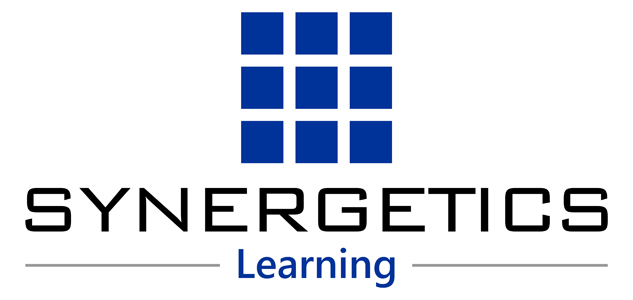LOS ANGELES — Silverlight and Windows Azure headlined Microsoft’s Professional Developers Conference last week, but Microsoft also made a number of significant announcements concerning interoperability, identity management, Surface touch technology, and SharePoint.
Microsoft delivered a Java SDK for Windows Azure storage, with additional tools and guidance for deploying the Tomcat application server in Windows Azure. Microsoft has enabled external endpoints to allow applications that are not running on Internet Information Services to receive traffic, said open-source community manager Peter Galli in a blog post.
Microsoft will also allow Azure to be used as “Infrastructure as a Service” with Windows Server Virtual Machine support. SugarCRM, an open-source customer relationship management software maker, announced that it would offer its applications on Azure.
Azure is designed to be open and interoperable from its basic protocols, said Jean Paoli, general manager of interoperability strategy at Microsoft. When asked about portability, he said that Microsoft was participating in the Distributed Management Task Force’s Cloud Computing standards efforts, and it was “trying to make sense” of cloud scenarios. The Distributed Management Task Force is a standards body.
Microsoft also announced an identity management solution that works in the cloud as well as on premises.
Stuart Kwan, group program manager for Microsoft’s Federated Identity team, unveiled the final version of Windows Identity Foundation, a product for identity and access management for .NET applications. The technology is a core element of Microsoft’s “Geneva” platform, and it is designed to interact with outside identity systems, he said.
Geneva enables identities to be federated to new services in the cloud and in a service-oriented architecture.
Identity Foundation is designed to help developers write identity into an application without being identity experts, Kwan said. “Developers only think about claims and do not need to be concerned about how they get them, as long as they trust who they get them from.”
On the desktop, Microsoft‘s development efforts are focusing on developing touch-screen user interfaces. The company gave each PDC attendee a touch-screen-enabled laptop. Its Surface team developed Microsoft’s touch-screen technology.
The Surface team also delivered a public SDK and technical documentation to the Microsoft Developer Network. The documentation focuses on how developers can design valuable applications with the multi-touch interaction paradigm, said Brad Carpenter, general manager of software and user experience for Surface.
The number of Surface development partners has increased from 60 last year to 250 today, Carpenter said. Technology from Surface is used in Windows 7, and the team produces Windows Presentation Foundation controls that OEMs can install on PCs, he added.
The company is also investing in broadening development tools for Office SharePoint Server.
Microsoft announced beta releases of Office 2010 for public download. It is also offering Web editions of Office applications, also in beta.
Developers can integrate social networking into Office Outlook 2010 with an SDK to connect with LinkedIn and other networks. There is out-of-the-box integration with Windows Live and SharePoint.
What’s more, Microsoft delivered new tooling for SharePoint 2010, as well as Business Connectivity Services, a set of features to connect SharePoint to Web services.
“Developers can write code and deploy on-premises, but also put partially trusted code into SharePoint online,” said SharePoint director Arpan Shah. He explained that applications cannot access resources outside of the site container, and Microsoft provides governance over application resources.
A new version of Microsoft‘s “Duet” SAP integration software was re-architected to utilize Business Connectivity Services, Shah said.
He said that Microsoft has more than 4,000 SharePoint development partners, and he expects that number to double with the next release. Partners generate US$5.6 billion in services revenue, he added.
On SDTimes, Microsoft unveils a bevy of supplemental software – By David Worthington – November 24, 2009

About Azure Seminar
The seminar is designed for Senior IT Professional to understand the Microsoft Cloud offering – Windows Azure. The information will enable you to prepare for the new upcoming culture in the IT world called Cloud computing. This seminar will also deal with a comparison of various vendors offerings under the Cloud Platform.





